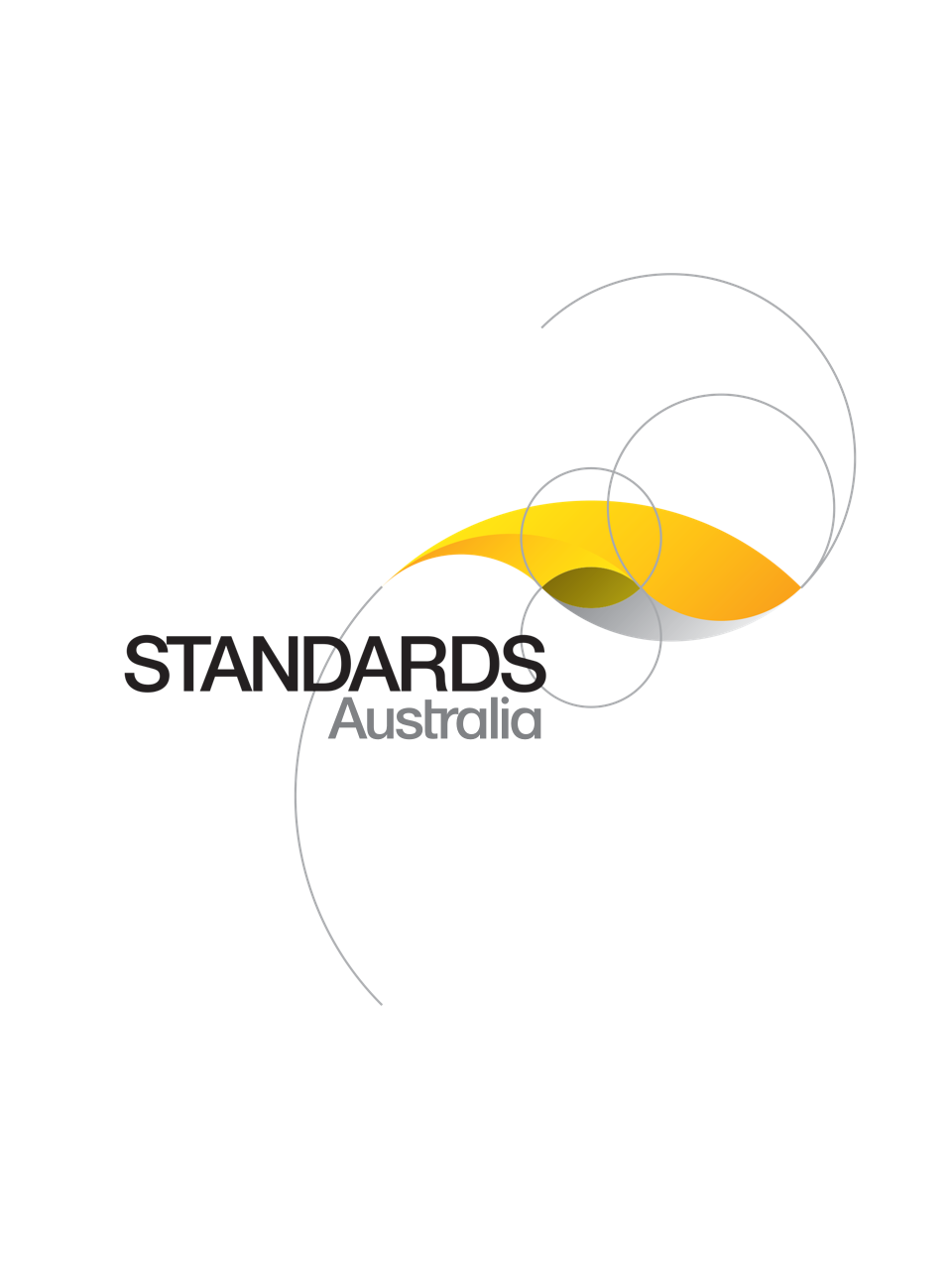Standard
Track updates
AS ISO/IEC/IEEE 12207:2019
[Current]Systems and software engineering — Software life cycle processes
The objective of this Standard is to establish a common framework for software life cycle processes, with well‐defined terminology, that can be referenced by the software industry. It contains processes, activities, and tasks that are applicable during the acquisition, supply, development, operation, maintenance or disposal of software systems, products, and services. These life cycle processes are accomplished through the involvement of stakeholders, with the ultimate goal of achieving customer satisfaction.
Published: 11/11/2019
Pages: 161
Table of contents
Cited references
Content history
Table of contents
Header
About this publication
Preface
Foreword
Introduction
1 Scope
1.1 Overview
1.2 Purpose
1.3 Field of application
1.4 Limitations
2 Normative references
3 Terms, definitions, and abbreviated terms
3.1 Terms and definitions
3.2 Abbreviated terms
4 Conformance
4.1 Intended usage
4.2 Full conformance
4.2.1 Full conformance to outcomes
4.2.2 Full conformance to tasks
4.3 Tailored conformance
5 Key concepts and application
5.1 Introduction
5.2 Software system concepts
5.2.1 Software systems
5.2.2 Software system structure
5.2.3 Enabling systems
5.2.4 Life cycle processes for the software system
5.3 Organization and project concepts
5.3.1 Organizations
5.3.2 Organization and project-level adoption
5.4 Life cycle concepts
5.4.1 Software life cycle stages
5.4.2 Life cycle model for the software system
5.5 Process concepts
5.5.1 Criteria for processes
5.5.2 Description of processes
5.5.3 General characteristics of processes
5.5.4 Tailoring
5.6 Process groups
5.6.1 Introduction
5.6.2 Agreement processes
5.6.3 Organizational project-enabling processes
5.6.4 Technical Management processes
5.6.5 Technical processes
5.7 Process application
5.8 Process reference model
6 Software life cycle processes
6.1 Agreement processes
6.1.1 Acquisition process
6.1.1.1 Purpose
6.1.1.2 Outcomes
6.1.1.3 Activities and tasks
6.1.2 Supply process
6.1.2.1 Purpose
6.1.2.2 Outcomes
6.1.2.3 Activities and tasks
6.2 Organizational Project-Enabling processes
6.2.1 Life cycle model management process
6.2.1.1 Purpose
6.2.1.2 Outcomes
6.2.1.3 Activities and tasks
6.2.2 Infrastructure Management process
6.2.2.1 Purpose
6.2.2.2 Outcomes
6.2.2.3 Activities and tasks
6.2.3 Portfolio Management process
6.2.3.1 Purpose
6.2.3.2 Outcomes
6.2.3.3 Activities and tasks
6.2.4 Human Resource Management process
6.2.4.1 Purpose
6.2.4.2 Outcomes
6.2.4.3 Activities and tasks
6.2.5 Quality Management process
6.2.5.1 Purpose
6.2.5.2 Outcomes
6.2.5.3 Activities and tasks
6.2.6 Knowledge Management process
6.2.6.1 Purpose
6.2.6.2 Outcomes
6.2.6.3 Activities and tasks
6.3 Technical Management processes
6.3.1 Project Planning process
6.3.1.1 Purpose
6.3.1.2 Outcomes
6.3.1.3 Activities and tasks
6.3.2 Project assessment and control process
6.3.2.1 Purpose
6.3.2.2 Outcomes
6.3.2.3 Activities and tasks
6.3.3 Decision Management process
6.3.3.1 Purpose
6.3.3.2 Outcomes
6.3.3.3 Activities and tasks
6.3.4 Risk Management process
6.3.4.1 Purpose
6.3.4.2 Outcomes
6.3.4.3 Activities and tasks
6.3.5 Configuration Management process
6.3.5.1 Purpose
6.3.5.2 Outcomes
6.3.5.3 Activities and tasks
6.3.6 Information Management process
6.3.6.1 Purpose
6.3.6.2 Outcomes
6.3.6.3 Activities and tasks
6.3.7 Measurement process
6.3.7.1 Purpose
6.3.7.2 Outcomes
6.3.7.3 Activities and tasks
6.3.8 Quality Assurance process
6.3.8.1 Purpose
6.3.8.2 Outcomes
6.3.8.3 Activities and tasks
6.4 Technical processes
6.4.1 Business or Mission Analysis process
6.4.1.1 Purpose
6.4.1.2 Outcomes
6.4.1.3 Activities and tasks
6.4.2 Stakeholder Needs and Requirements Definition process
6.4.2.1 Purpose
6.4.2.2 Outcomes
6.4.2.3 Activities and tasks
6.4.3 System/Software requirements definition process
6.4.3.1 Purpose
6.4.3.2 Outcomes
6.4.3.3 Activities and tasks
6.4.4 Architecture Definition process
6.4.4.1 Purpose
6.4.4.2 Outcomes
6.4.4.3 Activities and tasks
6.4.5 Design Definition process
6.4.5.1 Purpose
6.4.5.2 Outcomes
6.4.5.3 Activities and tasks
6.4.6 System Analysis process
6.4.6.1 Purpose
6.4.6.2 Outcomes
6.4.6.3 Activities and tasks
6.4.7 Implementation process
6.4.7.1 Purpose
6.4.7.2 Outcomes
6.4.7.3 Activities and tasks
6.4.8 Integration process
6.4.8.1 Purpose
6.4.8.2 Outcomes
6.4.8.3 Activities and tasks
6.4.9 Verification process
6.4.9.1 Purpose
6.4.9.2 Outcomes
6.4.9.3 Activities and tasks
6.4.10 Transition process
6.4.10.1 Purpose
6.4.10.2 Outcomes
6.4.10.3 Activities and tasks
6.4.11 Validation process
6.4.11.1 Purpose
6.4.11.2 Outcomes
6.4.11.3 Activities and tasks
6.4.12 Operation process
6.4.12.1 Purpose
6.4.12.2 Outcomes
6.4.12.3 Activities and tasks
6.4.13 Maintenance process
6.4.13.1 Purpose
6.4.13.2 Outcomes
6.4.13.3 Activities and tasks
6.4.14 Disposal process
6.4.14.1 Purpose
6.4.14.2 Outcomes
6.4.14.3 Activities and tasks
Annex A
A.1 Introduction
A.2 Tailoring process
A.2.1 Purpose
A.2.2 Outcomes
A.2.3 Activities and tasks
Annex B
Annex C
C.1 Introduction
C.2 Conformance with ISO/IEC 33004
C.2.1 General
C.2.2 Requirements for process reference models
C.2.3 Process descriptions
C.3 The process reference model
Annex D
D.1 Introduction
D.2 Process constructs and their usage
Annex E
E.1 Introduction
E.2 The process view concept
E.3 Process viewpoint
E.4 Process view for specialty engineering
E.5 Process view for interface management
E.6 Process view for software assurance (Information security)
Annex F
F.1 Introduction
F.2 Views, models and model kinds used in software system architecture
F.2.1 Functional model
F.2.2 Static model
F.2.3 Data model
F.2.4 Behavioral model
F.2.5 Temporal model
F.2.6 Structural model
F.2.7 Network model
F.3 Other model considerations
Annex G
G.1 Introduction
G.2 SoS characteristics and types
G.3 SE processes applied to systems of systems
G.3.1 General
G.3.2 Agreement processes
G.3.3 Organizational project enabling processes
G.3.4 Technical management processes
G.3.5 Technical processes
Annex H
Annex I
Bibliography
Cited references in this standard
Content history
[Current]
[Superseded]
DR AS ISO/IEC/IEEE 12207:2019
